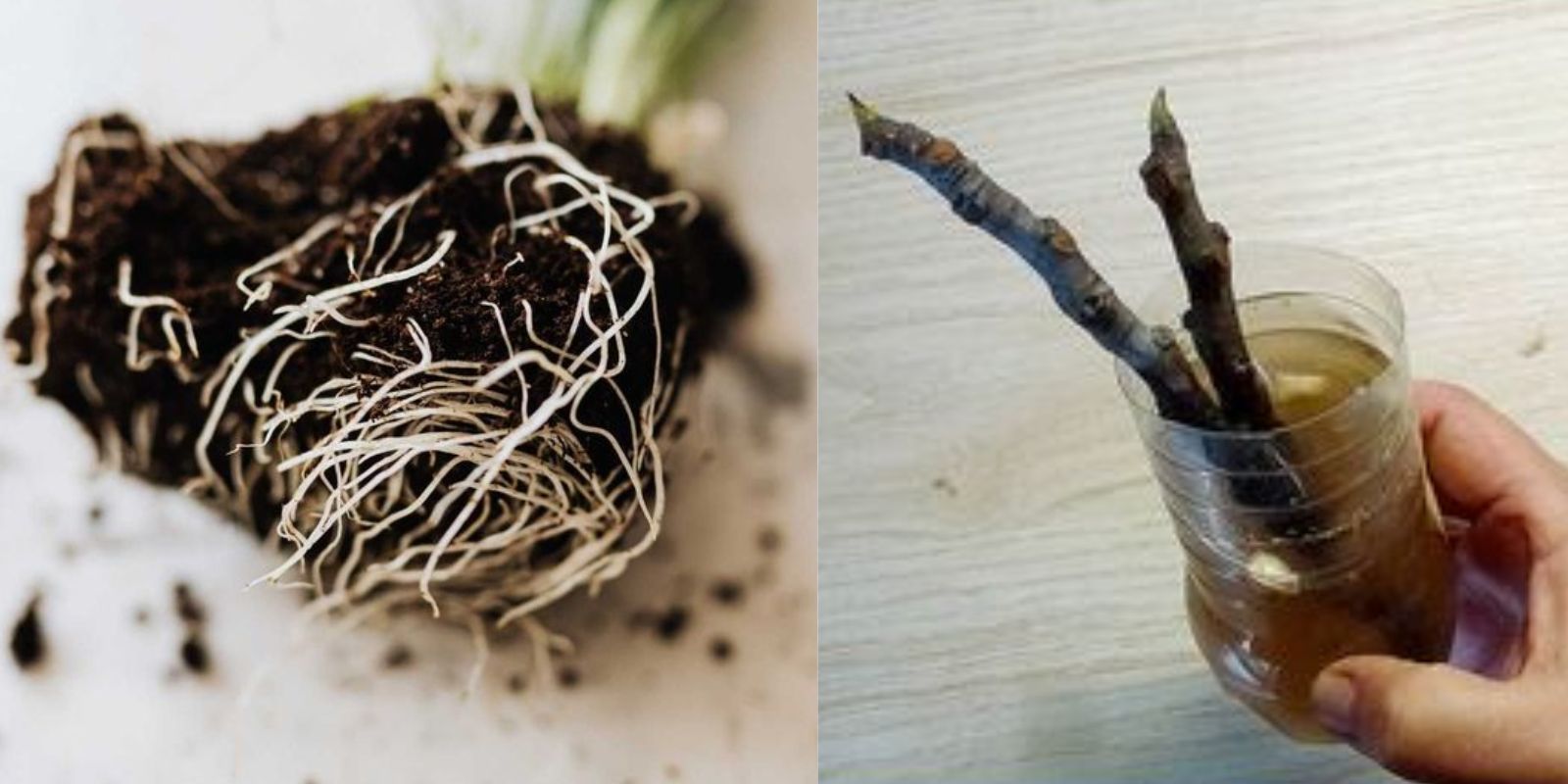Introduction:
Plant propagation is a gratifying aspect of gardening, enabling enthusiasts to expand their plant collection and share their green-thumbed success with friends and family. While various methods and rooting hormones exist, using a single, simple ingredient can make the process surprisingly effective. This article will guide you through the technique of rooting plant cuttings using honey—a natural and powerful option that is easy to use and highly effective.
Why Honey?
Honey has been used for centuries not only as a sweetener but also for its medicinal properties. Its natural antibacterial qualities help protect the plant cutting from infections and diseases. Additionally, honey contains enzymes and sugars that stimulate root growth. Unlike commercial rooting hormones, honey is an all-natural option that’s readily available and inexpensive.
Steps to Root Plant Cuttings Using Honey
1. Gather Your Supplies:
Before you start, make sure you have the following supplies:
- Healthy Plant Cuttings: Choose a healthy plant from which to take your cuttings. For best results, select a branch that is not flowering and has several nodes (the points on the stem where leaves attach).
- Sharp Knife or Pruning Shears: Use a sharp, clean knife or shears to make a clean cut. This helps reduce damage to the plant and prevents the spread of disease.
- Honey: Opt for raw, unprocessed honey if possible. It contains more beneficial properties than processed honey.
- Pot and Soil: Prepare a pot with well-draining soil, such as a mix of peat, perlite, and sand.
- Water: You’ll need water to moisten the soil and keep it hydrated.
2. Prepare the Cuttings:
Begin by taking your plant cuttings. Use your sharp knife or pruning shears to cut a healthy branch from the parent plant. Make sure each cutting has at least one node and is about 4-6 inches long. Remove any excess leaves or flowers from the cutting to focus the plant’s energy on root development.
3. Apply the Honey:
Dip the cut end of the cutting into the honey. Make sure the entire cut surface is coated with honey. The honey acts as a natural rooting hormone and helps protect the cutting from potential infections. This step is crucial as it provides a nurturing environment for the cutting to develop roots.
4. Plant the Cutting:
Create a hole in the well-draining soil in your pot using a stick or your finger. Insert the honey-coated end of the cutting into the hole and gently firm the soil around it. This helps stabilize the cutting and ensures good soil contact, which is essential for root development.
5. Water and Position the Pot:
Water the soil lightly to settle it around the cutting. Ensure that the soil is moist but not waterlogged. Place the pot in a bright, indirect light area. Direct sunlight can be too harsh for new cuttings and may hinder root development.
6. Monitor and Maintain:
Keep an eye on the soil moisture and maintain a consistently moist environment. Avoid letting the soil dry out completely, as this can stress the cutting. To maintain humidity, you can cover the pot with a clear plastic bag or a plastic dome to create a mini greenhouse effect. This helps retain moisture and creates a more favorable environment for root growth.
7. Check for Root Development:
After a few weeks, gently tug on the cutting to check for resistance, which indicates that roots are forming. You can also remove the cutting from the soil to inspect the roots. Once the roots are well-developed and the cutting shows signs of new growth, it’s time to transplant it into a larger pot or its final location.
Tips for Success:
- Choose the Right Plant: Some plants propagate more easily than others. Research the specific needs of your plant species to ensure successful rooting.
- Avoid Overwatering: Too much water can cause the cutting to rot. Ensure good drainage and avoid waterlogging the soil.
- Keep It Clean: Use clean tools and containers to prevent the introduction of diseases or pests.
- Patience is Key: Rooting can take several weeks, so be patient and avoid disturbing the cuttings frequently.
Conclusion:
Rooting plant cuttings using honey is a simple and effective method that can yield impressive results. By harnessing the natural properties of honey, you provide your cuttings with an environment that encourages robust root growth and minimizes the risk of disease. Whether you’re an experienced gardener or a novice, this technique offers an easy way to expand your plant collection and enjoy the satisfaction of nurturing new life.
Motivation:
Give this straightforward rooting technique a try and watch your cuttings transform into thriving plants! Share your experiences and inspire others to explore natural and accessible gardening methods. Happy propagating! 🌱✨

